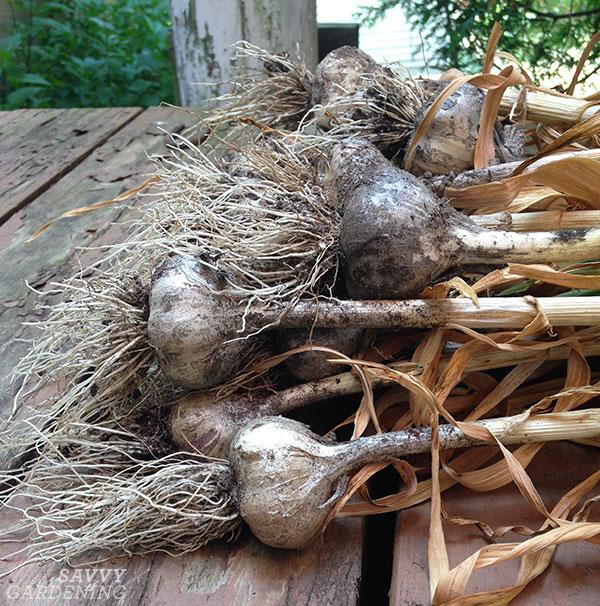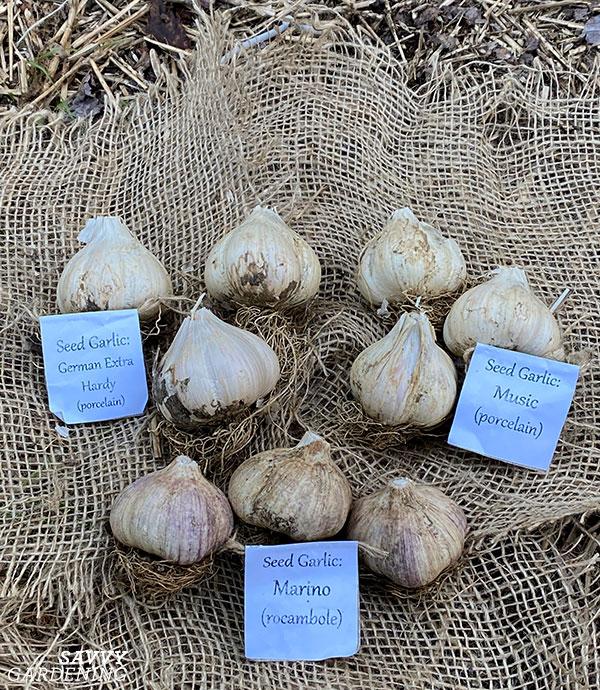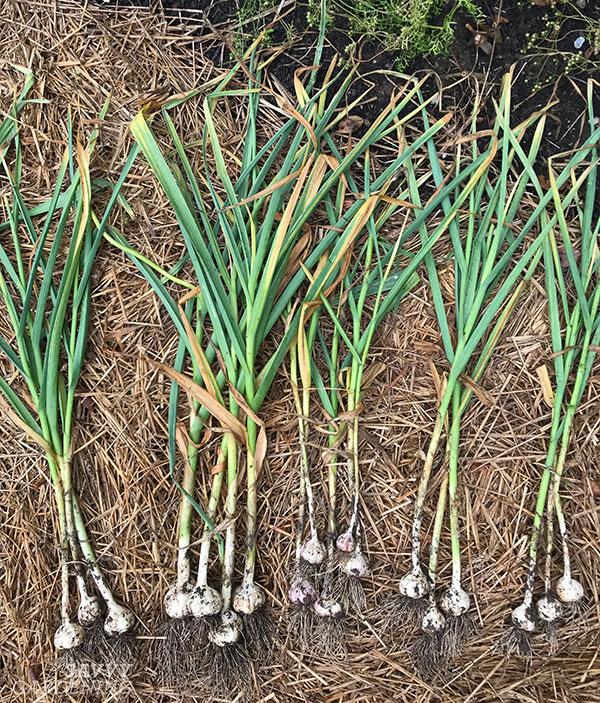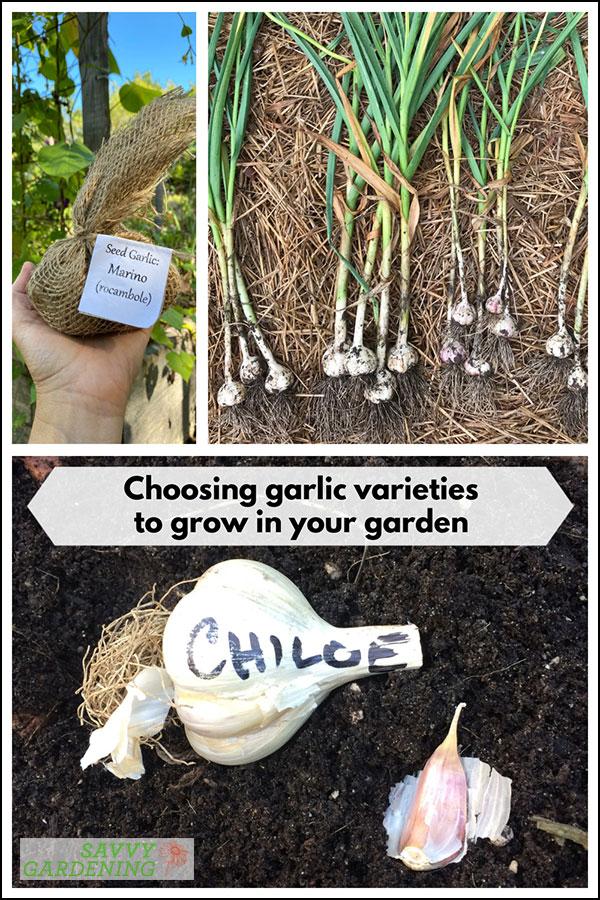When you stroll through the grocery store’s produce section, you’re usually faced with only one choice of garlic. The label simply reads “garlic.” However, the world of garlic cultivation is much more diverse and exciting than that. From Asia to Russia to France, there are numerous garlic cultivars classified under different groups, each with its own unique characteristics. Growing multiple varieties of garlic in your garden allows you to appreciate the subtle differences in flavor that each one offers.
Understanding Hardneck and Softneck Garlic
Before you start ordering garlic or picking up bags of bulbs from the nursery, it’s crucial to know the difference between hardneck and softneck garlic. If you live in a colder climate and want to enjoy the bonus harvest of garlic scapes, opt for hardneck varieties. They are also better suited to withstand cold temperatures. On the other hand, softneck garlic thrives in warmer climates and has a longer shelf life. Softneck garlic is the type commonly found in grocery stores. If you want an in-depth comparison of hardneck and softneck varieties, check out Jessica’s informative article.

Once you’ve grown your own garlic, you can save some of the best bulbs to plant the following year.
Finding the Perfect Garlic Varieties for Your Garden
During the fall, you can usually find seed garlic in the bulb section of your local garden center. Some supermarkets even have fall bulb displays worth exploring. If you prefer to purchase garlic bulbs online, it’s a good idea to place your order in the summer as popular varieties tend to sell out quickly.
To find a garlic grower in your area, do a little online research. You might discover a local grower or one from the same growing zone as you. Buying garlic from local growers ensures that the garlic has been tested and grown in a climate similar to yours, increasing your chances of success. Online catalogs provide brief descriptions of the garlic you’re considering, including attributes such as clove size, storage capacity, and flavor profiles.
There are 11 distinct horticultural groups of garlic. Softneck garlic is classified into three groups: Silverskin, Artichoke, and Middle Eastern. Hardneck garlic is divided into eight groups: Porcelain, Rocambole, Purple Stripe, Glazed Purple Stripe, Marble Purple Stripe, Asiatic, Turban, and Creole. Each group contains various cultivars.

Eleven horticultural groups of garlic and their corresponding varieties.
Each garlic cultivar possesses unique characteristics and slightly different tastes, much like different varieties of heirloom tomatoes. However, at the end of the day, they all taste like garlic. So, you can’t go wrong when choosing a variety to grow. Sometimes, I select a variety based solely on its fancy name!
Recommended Garlic Varieties for Your Garden
Apart from sharing my own favorite garlic varieties, I thought it would be helpful to provide recommendations from expert gardeners.
- Northern Quebec: For a taste of French Canadian heritage, try the Porcelain group cultivar from Northern Quebec. Eureka Garlic, a company based on Prince Edward Island, offers this variety. It has a potent flavor but requires careful storage to prevent mold.
- Music: Niki, my gardening partner, adores Music, a reliable and productive Porcelain variety. It’s grown successfully in her Halifax, N.S. garden. Music garlic cloves are easy to peel and store well for eight to nine months. It has a typical garlic flavor with a slight kick.
- Bogatyr: Jessica, another gardening partner, recommends Bogatyr, a Marbled Purple Stripe garlic from Russia. This variety stores well and has a flavor profile ranging from spicy to fiery heat when consumed raw.
- German White: Another favorite of Jessica’s is German White, a porcelain variety sourced from a local garlic farm. It has good disease resistance and a hot, robust flavor.
- Susan Delafield: Chris, an edible garden consultant, and horticulturist, vouches for Susan Delafield, an easy-to-grow Porcelain variety. Despite wetter winter conditions in North Vancouver, this garlic remains reliable and produces large cloves.
- Chesnok Red: Emily Murphy, author of “Grow What You Love,” recommends Chesnok Red, a Purple Stripe group garlic. Hudson Valley Seed Co. offers this variety, which is ready for harvest slightly later than others.
- Red Russian: Another favorite of Emily’s is Red Russian, known for its ability to grow well in various climates. She soaks the garlic overnight in liquid seaweed and water before planting it in her Northern California garden.
- French Rocambole: Bart Nagel of Bulbs of Fire Garlic in Tiny, Ont., highly regards French Red Rocambole. It’s visually stunning, with shades of purple ranging from deep dark to blush pink. Its bold flavor is comparable to big, bold red wine, making it ideal for dishes that require raw garlic.
Tips for Growing Multiple Garlic Varieties
When planting different garlic varieties, try to keep them together in the garden. You can create a chart in your garden journal or tie colorful strings around each garlic stalk as you harvest them. This way, when you clean and dry the garlic, you can store each variety separately. It’s a fun way to discover the subtle flavor differences and spice levels among the garlic varieties you grow.

Make sure to separate different types of garlic for storage to conduct taste tests.
Expand Your Garlic Knowledge
If you’re eager to delve further into the world of garlic-growing, check out these informative articles:

